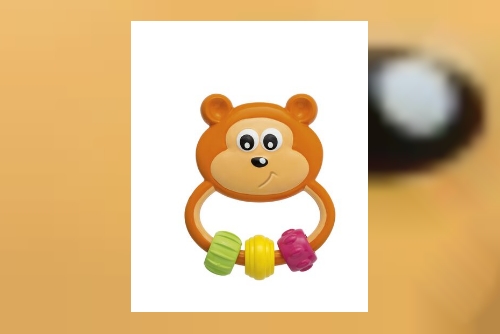Sensory play is a vital part of childhood development, engaging children’s senses through touch, sight, sound, taste, and smell. Sensory toys are specially designed to stimulate these senses, offering various textures, sounds, and colors to explore. As children interact with these toys, they not only have fun but also enhance their cognitive, motor, and emotional skills. This article will delve into the benefits of sensory toys for kids and provide recommendations for parents looking to enrich their child’s playtime.
Understanding Sensory PlaySensory play encompasses activities that engage a child's senses, encouraging exploration and discovery. This type of play is essential for brain development, helping children learn about their environment and develop important life skills. Sensory toys can range from simple items like textured balls to more complex gadgets that make sounds or light up.
Benefits of Sensory Toys 1. Enhances Cognitive DevelopmentSensory toys stimulate cognitive development by encouraging problem-solving and critical thinking skills. As children manipulate these toys, they learn cause and effect, spatial awareness, and how to overcome challenges. For instance, a puzzle with various textures encourages a child to think critically about how to fit pieces together while exploring the different sensations.
2. Improves Fine and Gross Motor SkillsMany sensory toys require children to use their hands, fingers, and arms, helping them develop fine motor skills. Toys that encourage grasping, squeezing, or manipulating also enhance hand-eye coordination. For example, squishy toys or fidget spinners require kids to engage their fingers, improving dexterity and coordination.
3. Supports Emotional RegulationSensory toys can help children express and manage their emotions. Many kids find comfort in sensory play, using toys to soothe themselves during moments of stress or anxiety. Toys like stress balls or fidget cubes can be particularly beneficial for children with anxiety, ADHD, or sensory processing disorders, allowing them to focus and relax.
4. Stimulates Creativity and ImaginationSensory toys often encourage open-ended play, allowing children to explore their creativity. For instance, a sensory bin filled with various materials like rice, beans, or sand can become anything in a child’s imagination, from a castle to a spaceship. This kind of imaginative play fosters creativity and encourages children to think outside the box.
5. Encourages Social InteractionMany sensory toys can be enjoyed in group settings, promoting social interaction and cooperation. Whether it’s sharing a sensory bin or playing with collaborative building toys, kids learn to work together, share, and communicate with peers. This social aspect is crucial for developing communication skills and building friendships.
Recommended Sensory Toys for KidsWhen selecting sensory toys, consider your child's age, preferences, and developmental needs. Here are some recommended sensory toys that cater to various sensory experiences:
1. Sensory BallsThese textured balls come in various sizes and materials, providing a range of tactile experiences. They can be squeezed, rolled, and tossed, promoting physical activity and fine motor skills.
2. Fidget ToysFidget spinners, cubes, and sensory rings offer tactile stimulation and can help children focus while providing an outlet for excess energy. They are particularly beneficial for kids with attention challenges.
3. Sensory BinsCreate a sensory bin filled with items like rice, sand, or water beads, along with scoops, cups, and small toys. This open-ended play encourages exploration and sensory engagement.
4. Textured BooksBooks with different textures and interactive elements engage children visually and tactilely. They promote literacy skills while providing a sensory experience.
5. Musical InstrumentsSimple musical instruments, such as maracas, tambourines, or xylophones, allow children to explore sound and rhythm, enhancing auditory skills and creativity.
6. Squishy ToysThese soft, malleable toys provide tactile stimulation and can be soothing for children. They come in various shapes and designs, making them fun and engaging.
7. Play Dough and Modeling ClayThese versatile materials allow kids to mold, squish, and create. They are excellent for developing fine motor skills and encouraging creativity.
8. Light-Up ToysToys that light up or change colors provide visual stimulation, captivating children's attention and enhancing their sensory experiences.
ConclusionSensory toys play a significant role in child development, providing various benefits that enhance cognitive, motor, and emotional skills. By understanding the importance of sensory play and choosing the right toys, parents can create a stimulating environment that fosters learning and growth. The toys mentioned above are just a starting point toys for kids; countless options are available to cater to your child’s unique needs and interests. Embrace the world of sensory toys, and watch your child thrive through playful exploration!












